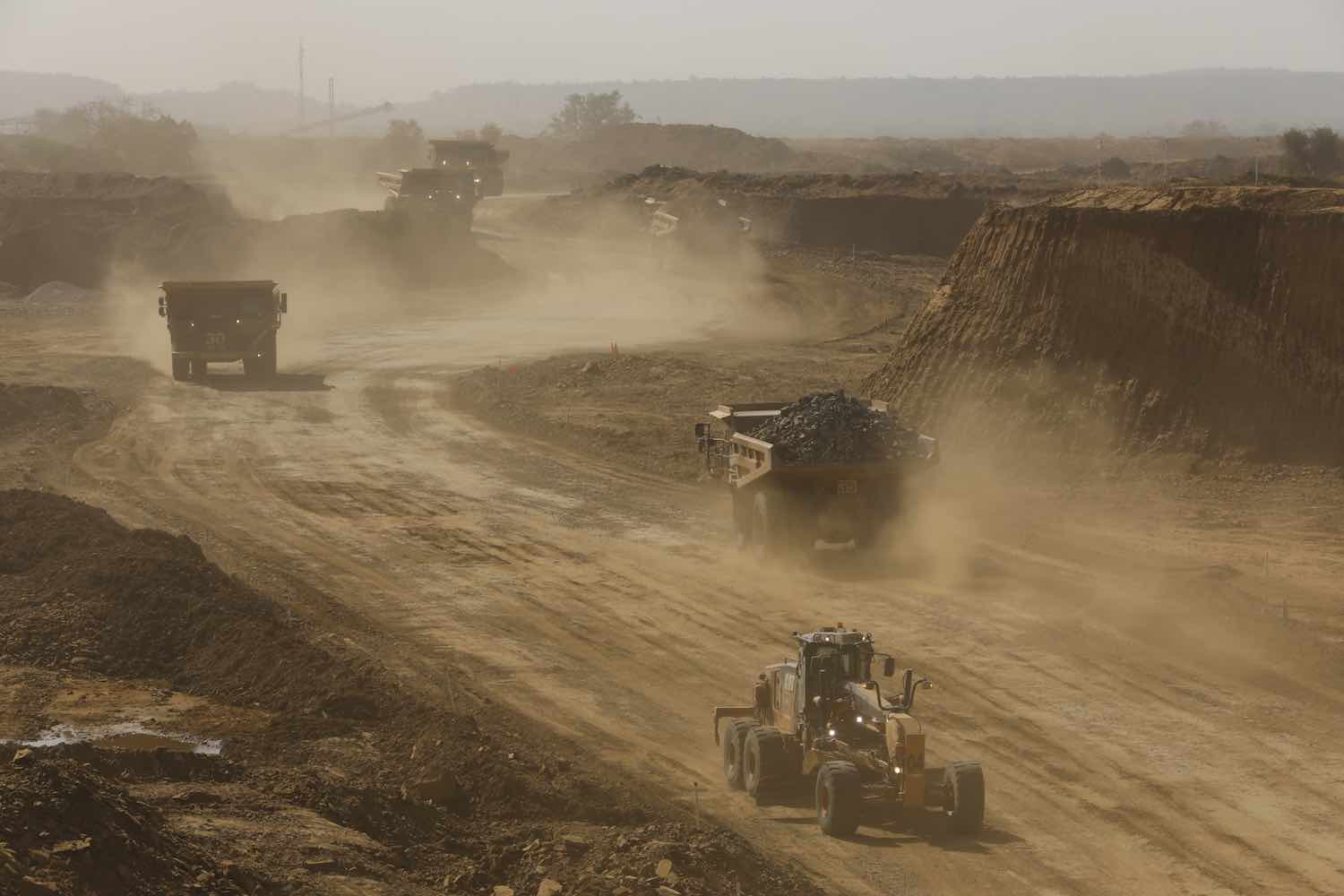
Press Release: November 1, 2021
Australia-wide legislative changes over the past 18-months have tightened rules around safe levels of mine and quarry dust to reduce lung diseases impacting workers.
Every year, around 600,000 Australian workers are exposed to respirable crystalline silica (RCS) dust while working in their occupations with parts of Australia observing an emerging trend of new cases of accelerated silicosis, a preventable occupational lung disease occurring in workers as a result of exposure to silica dust.
This tightening of legislation is occurring at the same time the Australian Government has established a National Dust Disease Taskforce (the Taskforce) to develop a national approach for the prevention, early identification, control, and management of occupational dust diseases in Australia. The establishment of this task force comes off the back of the state governments, commencing with Victoria in December 2019 tightened controls and established firmer controls around workplace exposure to dust, with Western Australia the last jurisdiction to adopt tighter rules in October 2021.
For mining and civil services firm Global Road Technology, these developments are a welcome acknowledgement of the dangers of airborne dust pollution to workers and align with its long-term lobbying to industry and governments across the country for tighter controls.
According to GRT General Manager, Daniel Grundy these legislative changes are now being felt across the industry as the new rules are seeing a move to tighten compliance across the sector.
“Over the past six months the key piece of feedback I have received from key staff at mining and quarry sites is that there is a greater focus on compliance meaning that there are increased visits by inspectors to ensure that the new guidelines are being adhered to,” said Mr Grundy.
“At the same time, greater community awareness around the danger of airborne dust pollution is causing rising community complaints being made against mine and quarry operators. Another critical element is the recognition that just’ spraying water’ on impacted areas is not sufficient to protect workers and communities, the industry-standard needs to be for whole-of-site solutions using tailored products are becoming the industry standard – an outcome that we have long advocated for.
Since 2019, time-weighted average (TWA) and occupational exposure limits (OEL) for respirable coal dust and respirable crystalline silica dust have been reduced across Australia as the country battles with finding ways to minimise the risks associated with dust. Safe Work Australia published workplace exposure standards (WES) for RCS as early as December 2019 for Victoria.
These silica dust particles are 100 times smaller than a grain of sand and are invisible to the naked eye, which makes them dangerous once trapped in the lungs. Workplace exposure limits for respirable crystalline silica and coal dust are placed to protect the health of workers, families, and communities within the vicinity of mining and quarrying operations
For workers exposed to respirable crystalline silica (RCS) dust at their occupations the number at risk can be at least doubled as for every worker there is secondary exposure to a loved one at home via the non-occupational route of clothing.
For GRT the focus needs to be squarely on ‘whole-of-site’ dust control strategies that focus on offering solutions at the apex of the hierarchy of control. It specialises in controlling the risk of dust exposure to workers in mines and quarries through different GRT products from its portfolio that deal with dust at its source.
For Daniel Grundy, the next step needs to be taken nationally with the creation of a standard set of industry protocols that create clear systems for the prevention, early identification, control, and management of particulate dust.
“Recent tightening of legislation is just the first step in what needs to be combined government and industry effort to develop and implement a clear, easy-to-follow set of guidelines that places stopping dust at its source at the apex of control efforts,” Mr Grundy said.
“State legislation focusing on reducing the TWA (time-weighted average) of exposure to certain weightings of dust particles is a fantastic starting point as it creates a clear metric around what is and is not dangerous levels of exposure – making it easier to enforce in terms of having clear exposure timelines to enforce. However, the next phase needs to focus on dust suppression with a greater impetus to enforcing industry-wide, whole-of-site dust management plans to create truly holistic solutions that place worker safety at the centre of all strategies – which is the most important element of all.”
Are environmental regulations, health and safety concerns or potential profit loss a concern right now?
Contact Us Now